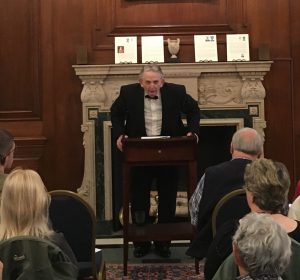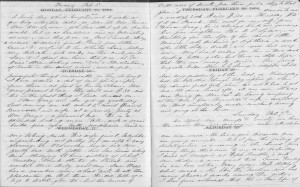 This week I received my Fall issue of The Genealogist [TG], published by the American Society of Genealogists (ASG). It struck me that this might be one of genealogy’s best kept secrets.
This week I received my Fall issue of The Genealogist [TG], published by the American Society of Genealogists (ASG). It struck me that this might be one of genealogy’s best kept secrets.
TG has been published twice a year over 32 years. It was founded in 1980 by Neil D. Thompson, FASG,[1] and Neil edited the first ten volumes through 1989. In 1997, the magazine was revived by ASG under the editorship of Charles M. Hansen, FASG, and Gale Ion Harris, FASG, who have produced volumes 11 (1997) through 32 (2018). A full list of articles published in volumes 1–31, and sample articles, are posted on the society’s website: Continue reading A well-kept secret








